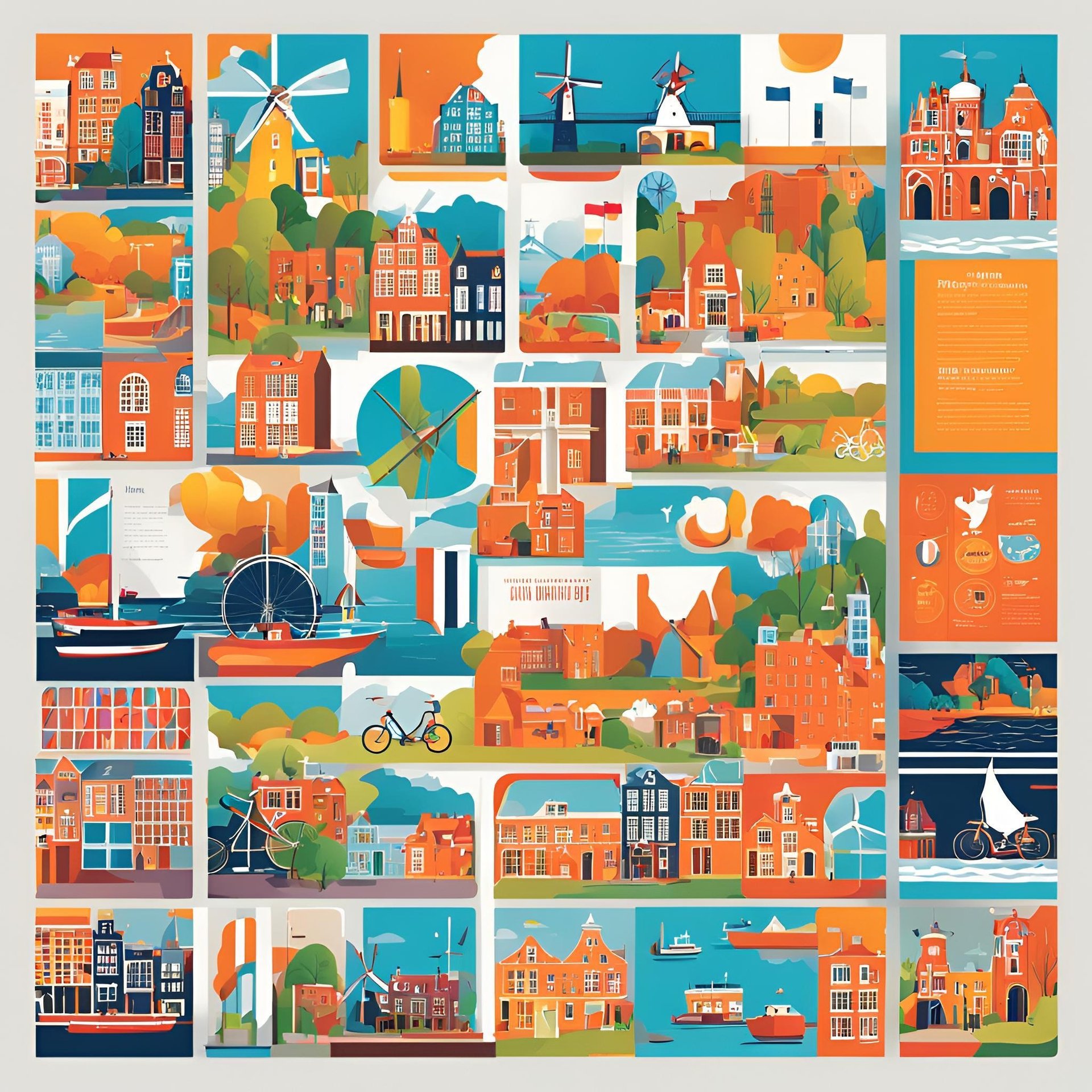
The Dutch Residence Permit: Your Golden Ticket to Windmills and Stroopwafels
Getting a Dutch residence permit might seem like a maze of paperwork, but it's worth the effort for those seeking to live in the land of cheese, windmills, and bicycles. Expats, students, and migrants each have their own application process, requiring proof of skills, acceptance into a university, or long-term residency intentions. After some waiting and a few forms, you'll be ready to enjoy your new life in the Netherlands with a stroopwafel in hand! Click and lean more!
RESIDENCE


So, you want to live in the land of tulips, windmills, and some seriously good cheese? Well, buckle up, because to get your hands on that coveted residence permit, there's a bit of paperwork to go through. But don't worry, it's not as complicated as trying to pronounce "Scheveningen".
Here’s your hilarious, step-by-step guide to navigating the Dutch residence permit maze. Spoiler alert: You'll need patience, a valid reason for staying, and a bit of luck (mostly with bureaucracy).
Step 1: Why Do You Need One?
Before you start filling out forms, let's figure out why you're even in this wonderful country! Are you:
An Expat? Ready to trade your office views for canals and bicycles? The Netherlands loves skilled workers, so if you're bringing some serious skills to the table, you’re in.
A Student? Well, as long as you’re enrolling in a university that’s as prestigious as a stroopwafel is sweet, you’ll need a student visa.
A Migrant? Planning to make the Netherlands your forever home? This is for those looking for long-term residence (and maybe a few more bikes in their future).
Step 2: Getting the Right Permit
Now that we know what category you fall under, let’s talk about the actual residence permit.
For Expats (Highly Skilled Migrant Visa): If you’re bringing expertise to the Dutch workforce, congratulations! You can skip a few steps, but expect to show your credentials and proof of a solid job offer (and probably a few meetings with HR).
For Students: If you’ve got that acceptance letter in your hand and you're ready to exchange classroom debates for Dutch culture, then you'll need a student visa. Just make sure you have proof of sufficient funds (because sadly, the "I’ll just ask my rich uncle" excuse doesn’t work here).
For Migrants: If you’re planning to stay longer than just a quick visit, you’ll need to get cozy with immigration laws. Prove your Dutch language skills, and be prepared to show that you’re economically stable (cue the bank account screenshots).
Step 3: The Application Process (aka Your New Full-Time Job)
Ah, yes. The paperwork. It’s like a never-ending game of "Where’s Waldo?" with forms. You’ll need your passport, proof of income, health insurance, and maybe even a written apology for not being Dutch yet (just kidding, but not really).
Step 4: The Waiting Game
Once your application is submitted, it’s time for the waiting game. It might feel like you’re waiting for the next season of your favorite TV show—will it be worth it? Spoiler: Yes, it will. The Dutch bureaucracy moves at a pace that makes a snail look like Usain Bolt, so take a deep breath, grab a stroopwafel, and enjoy the process. In the meantime, feel free to start learning some Dutch to impress your neighbors. "Hallo, hoe gaat het?"
Step 5: Celebrate (and Stay Calm)
Once you've got that permit, you’re officially a resident of the Netherlands! No more worrying about visa expiration dates. Instead, worry about what flavor of Dutch cheese to buy or which canal boat tour to take. Life is about to get really gezellig (that's Dutch for cozy, by the way).
Conclusion:
Getting your Dutch residence permit might take time, but trust us—it’s worth it. Whether you’re an expat, student, or migrant, this journey will lead to a land of cheese, bikes, and windmills. So, enjoy the ride, and don’t forget to bring your paperwork—and your sense of humor.
NetherGuides
Your resource for thriving in the Netherlands.
Contact us
guidesnether@gmail.com
© 2024. All rights reserved.
Top 10 Things to Do When You Arrive in the Netherlands
Daycare, Schools, and Activities in the Netherlands
How to Open a Bank Account in the Netherlands
Residence Types and Registration Process
Housing types and finding a home
Dutch Higher Education
Health Insurance in the Netherlands
Work Permits and Rights in the Netherlands
Essentials for Everyday Life in the Netherlands
Quick Facts and FAQ
